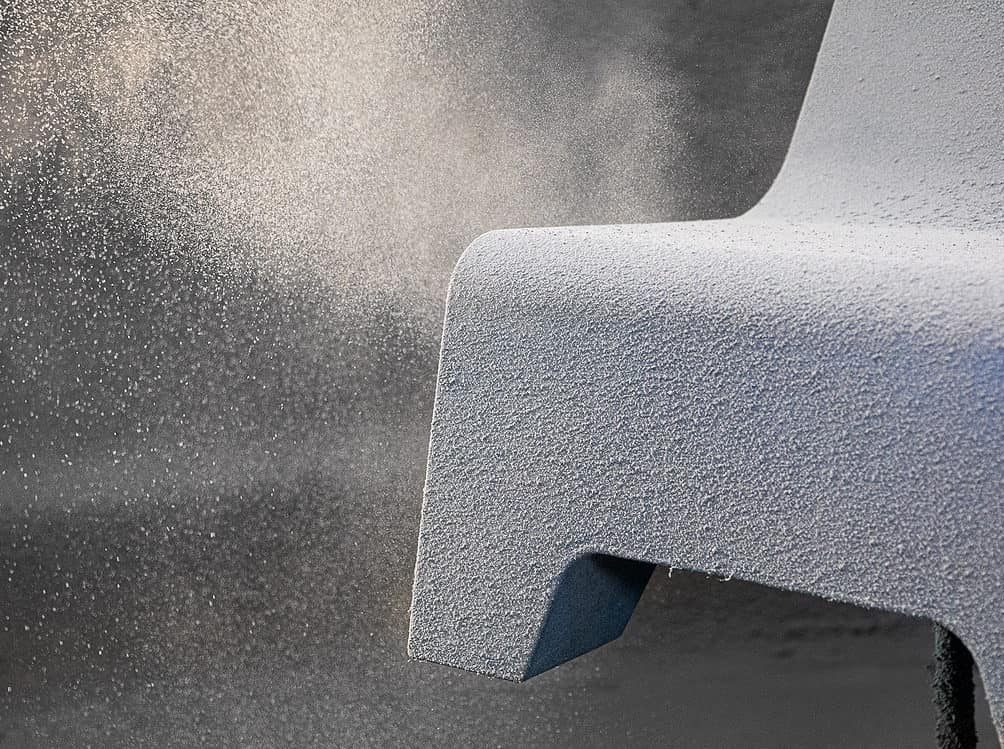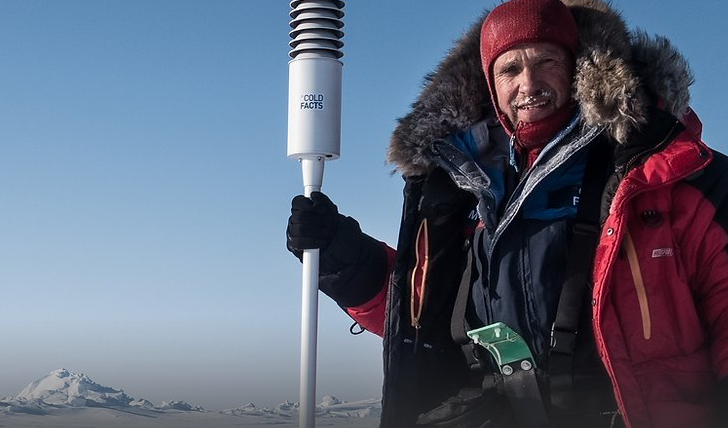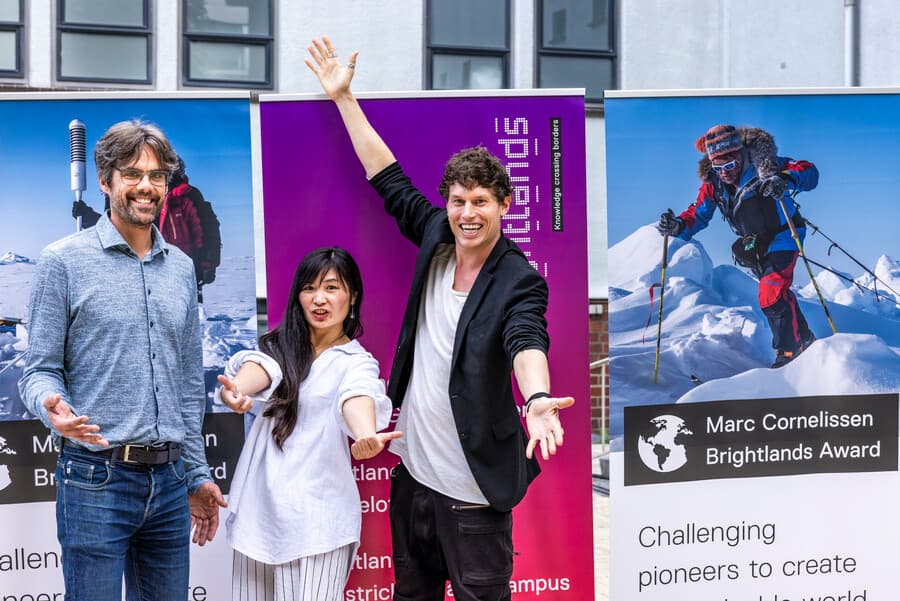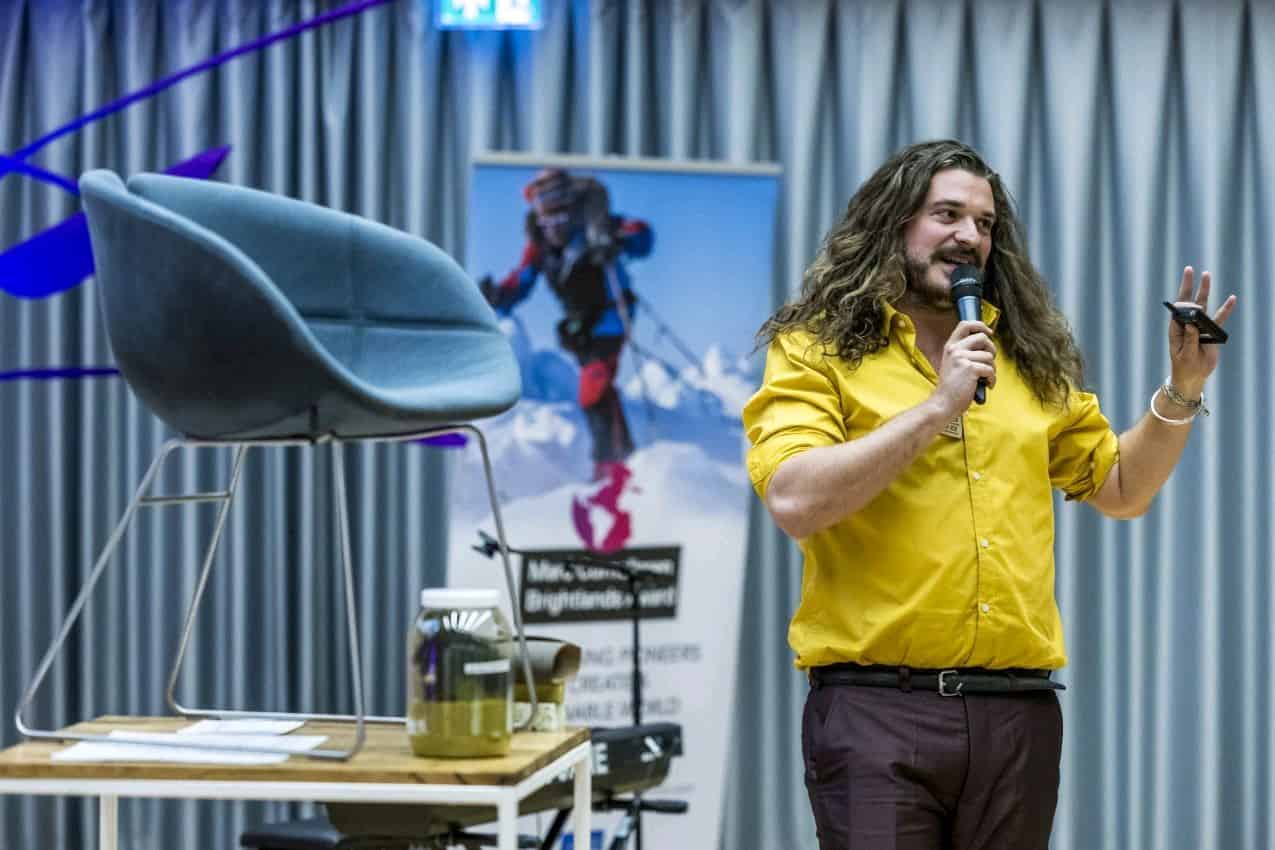
This fall, Ricco Fiorito, on behalf of Cooloo, won the Marc Cornelissen Brightlands Award, which is an incentive award for sustainability pioneers. Dutch adventurer Cornelissen died in 2015 while on an expedition to the North Pole.
Fiorito, who is also the singer and songwriter of the band Identity Circus, co-founded Cooloo together with Leo Schraven (CEO). He now gets to be a Brightlands ambassador for a whole year. “That kind of gives you wings.” He tells the story of the company with the same level of enthusiasm every time. “We want to inspire people to make products in a different, sustainable way. If you also gain recognition for that, then yes, that does leave you with a huge smile.”
Innovation Sciences
The idea for an alternative to upholstering stems from the time when, more than 20 years ago, Schraven was a manager at the furniture manufacturer Leolux. He noticed to his dismay that the process of making furniture is very inefficient. Between 35 and 50 percent of fabric and leather ended up in the off-cuts waste. Tonnes of material ended up going to landfills or incinerators.
Eventually, he sought an alternative. Why not spray paint old and new furniture instead of upholstering it? You have less waste that way and no wastage of materials, even for more complex designs. He developed a basic concept and technology to do just that. In 2016, Schraven decided to set up a new company together with Ricco Fiorito. At the time, Fiorito was still a singer but majoring in Innovation Sciences at Eindhoven University of Technology (TU/e), and wanted in. Except, they then had to operate in the most circular and sustainable way possible. Ricco Fiorito: “We throw away far too much. Things have to be done differently. That’s the starting point. Of course, we want to make money but it’s not like we thought: Sustainability is hip so let’s do this. As a songwriter, I also researched social issues as an inspiration for my lyrics. I thought I could make a difference as a musician. That’s how I bumped into Leo.”
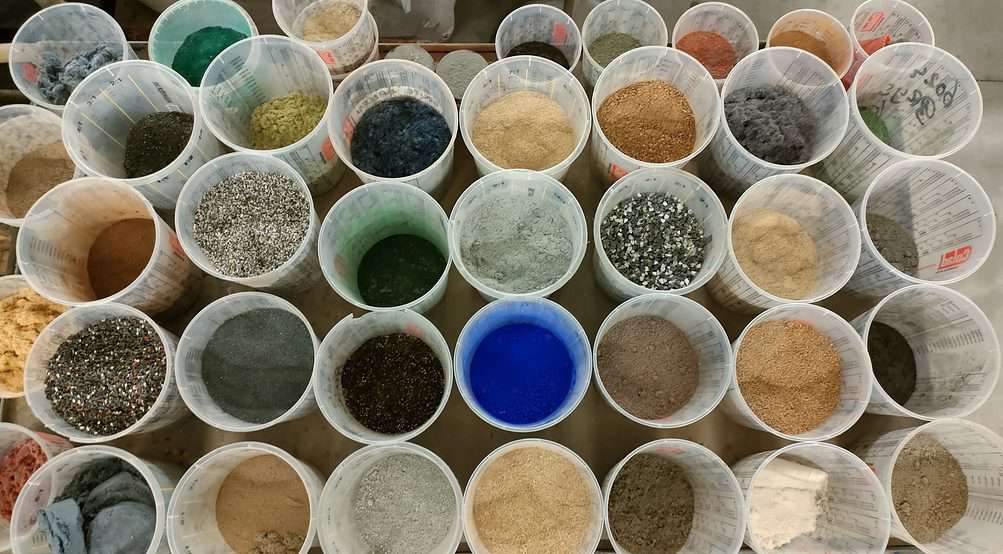
ASML
Leo Stravan showed him how to spray paint furniture with scrap leather and with cork. “I thought wow, this is cool. He wasn’t done yet, it was basically his long-term plan all along. I thought yeah, I really want to do something with this. Then I just hit the market and visited designers and architects. ASML was the first to fill its roof terrace with furniture that we crafted using our process. In 2017 we started to expand, raised some investment, and with a new factory, eventually put the product on the market.”
Cooloo thrives on waste streams, e.g., leather waste, fabric, wine corks, peach kernels, denim jeans and industrial concrete, among other items. These waste streams are ground to the right gradation and, in theory, can be sprayed on anything. For example, such as furniture, wall panels, and table tops. There is even a three-dimensional soft art object that was sprayed with a coating of Carrara marble waste in the production hall in Wanssum, in north Limburg. All of the coating materials are sprayed with the help of an in-house developed and produced, largely bio-based binder. “We’ll keep on working on further developing things until it’s all fully sustainable and bio-based.”
Red Bull
Cooloo works with designers and architects and also does its own designing. After ASML, they refurbished the Red Bull offices in Amsterdam and are working with Fontys University of Applied Sciences to refurbish (or in simpler terms) repaint existing school furniture. Ricco points to two old Leolux armchairs that are about 35 years old. “We took those back, we spray-painted the original upholstery and they can then be put back on the market. Reuse costs the least amount of energy and material, so it’s best from a circular point of view. If you were to take that chair apart, it would cost a lot more energy. It’s true that what we do is pretty simple but also cheaper and sustainable. The product itself is sustainable and should have an Endless Life.”
Cooloo does not only want to be a commercial company. Ricco Fiorito: “We want to be a knowledge and training institute for this technology; we want to share our knowledge. We want to put little Cooloo’s all over the world that will all make and refurbish products using local waste streams. I was just in an online meeting with a Canadian, an Italian and a Brazilian; we are also in talks with India, Italy, America, Germany, Spain and Belgium. Everywhere they say: ‘Wow!’ And they invariably ask the question: ‘Is there no one else in the world who does the same?’ The short answer is: ‘No’.”

Tennis balls
At the moment, the Wanssum-based company (15 employees) is still working mainly with leather, cork, jeans and concrete. They use an industrial waste stream to make Econcrete, which they can spray on tabletops, kitchen countertops and cladding. He estimates the wastage percentage to be about 76 percent.
At the production hall, Fiorito points to at least 20 containers of waste which include peach pits, sawdust, tennis balls, carpet tiles, mohair, olive pits; car tires, shredded euro bills, linoleum, and cotton. All of these are materials that upholstery can be made from. “At this point, it is about the furniture industry, but once we have scaled up, we can turn to car interiors, aircraft interiors, or the leather industry, for instance. We are already thinking about the next steps, such as acoustic panels, or dashboards.”
The binder that is used as a substrate comes from conventional chemistry and is free of solvents and CFCs. “It’s as green as we can possibly get it at the moment,” he said. According to Fiorito, the furniture binder is now 56 percent bio-based. “That can be improved but for that, we do depend on the chemical industry. The fact that we now have a connection with Brightlands can be a great help too. We sincerely think about how we can improve the way we do things and make it more sustainable. We don’t have to window-dress or greenwash things, we are keen to show everything we do.”
